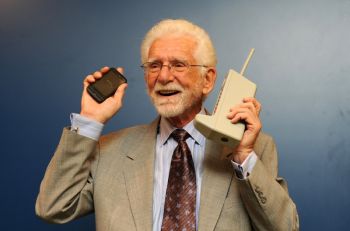New paper examines how toy type impact the quality and quantity of parent-child interactions
When walking down the aisle of any toy store, parents are met with endless options of toys—many of which claim to be educational for their children. But which types of toys are actually the most beneficial in helping with a child’s development?
A new paper from Jennifer Miller, an assistant professor of psychology at Lewis College of Human Sciences who specializes in early childhood development, examines how different types of toys impact how parents and children interact during playtime.
An infant’s environment—and it’s interactions with people and objects in that environment—play an important role in language development. The goal of the study was to better understand how playing with different types of toys affects infant communicative and cognitive behaviors, as well better understand parent responses, which are all known to be critical to language development.
For the study, Miller and her research team observed how parents and infants interacted when playing with traditional toys (i.e. nesting cups and balls) and electronic toys. They also measured the quality and quantity of those parent-child interactions to see how the types of toys changed the interactions. The research team found that when infants played with traditional toys, they produced more vocalizations and gestures, and as a result, parents were more responsive to their infants. The researchers also observed that infants had a longer duration of substantial attention to electronic toys compared to traditional toys.
“This study gives us an insight into how toys may play an important role during social interactions that predict language development,” says Miller. “It doesn’t necessarily say one type of toy is better, but it does show that these toys impact different kinds of infant and adult behavior. Is it better for infants to produce more communicative behavior or have longer periods of sustained attention? These are questions that we are still trying to figure out long-term.”
The paper was published in First Language, an international peer reviewed journal that publishes studies on child language acquisition. Read the paper here.




